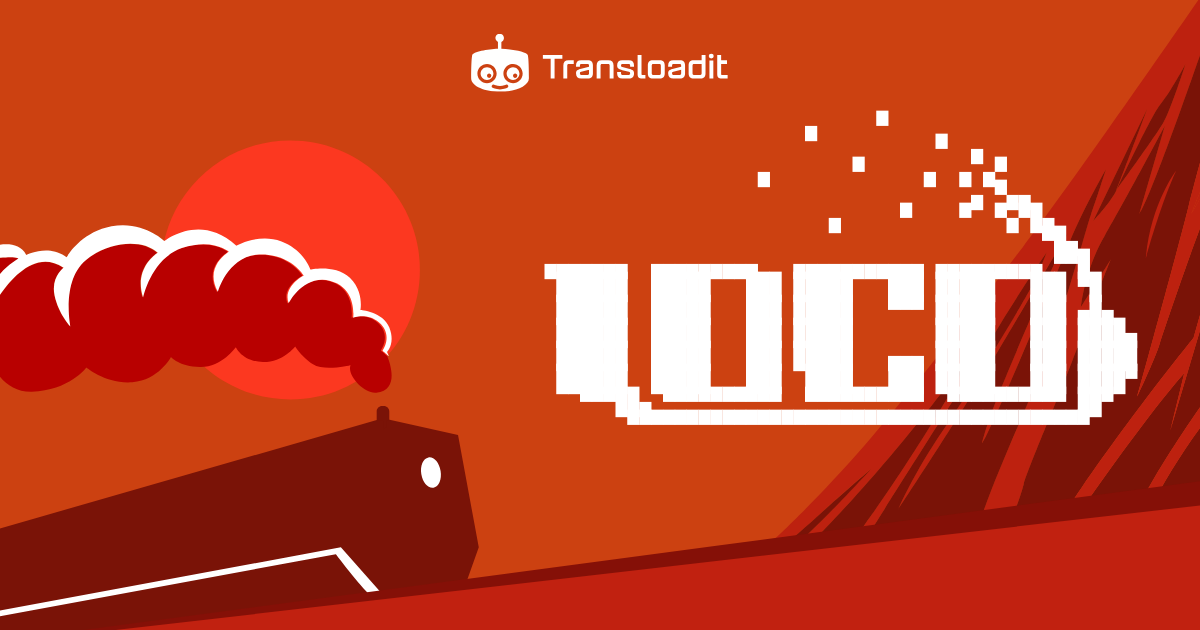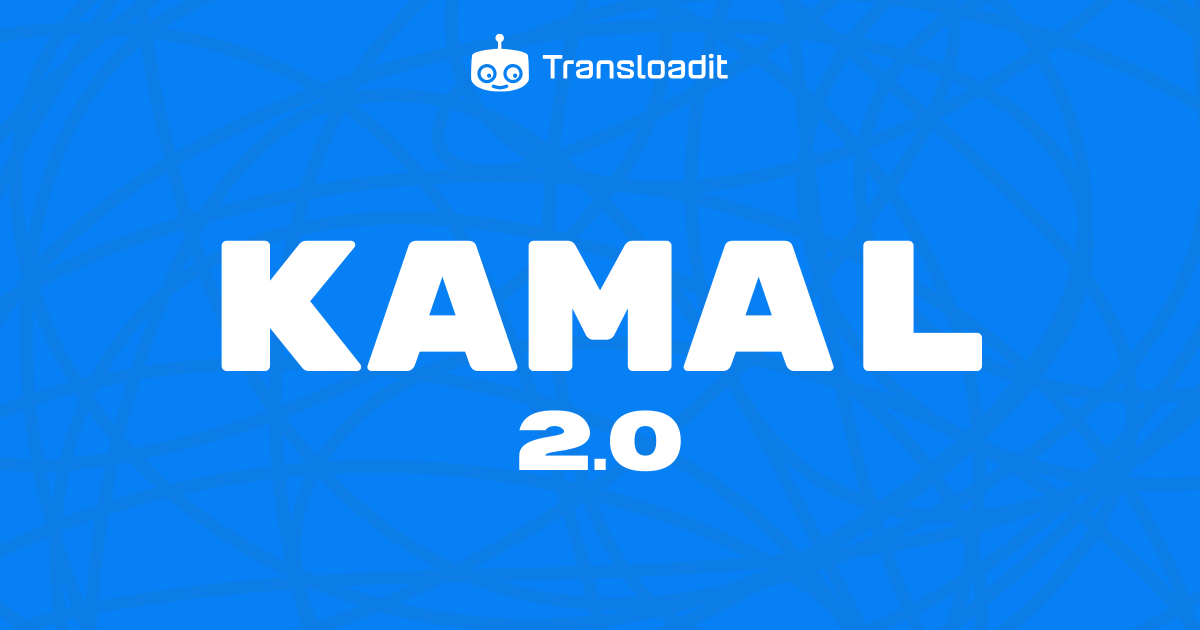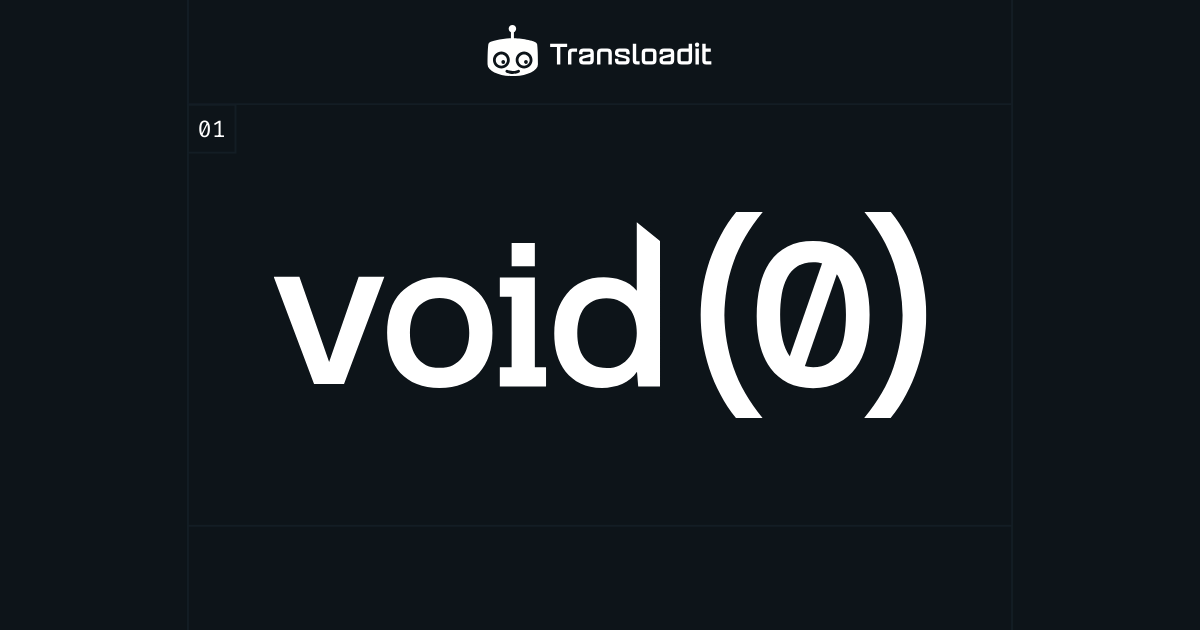The Dev Times #83

Halfway through each month, our newsletter for developers: The Dev Times, brings three reads that our own developers found interesting on the web, and two Transloadit updates that may interest you.
Loco – Rails, but for Rust
Loco is a new web development framework, aiming to combine the great building experience of Rails with the performance and type safety of Rust. With a built-in ORM, scheduler and templating system, Loco has everything you need to get started building performant web applications. And when we say performant, we mean it: the Loco team claims up to ten times better performance compared to Node.js (and even bigger gains when compared to Ruby). Explore more ›
Kamal 2.0 – simpler and faster deployments
It was the specific challenge of deploying an application across multiple hosts, with an external load balancer, that first prompted 37signals to create Kamal. However, with time, the 37signals team has been refining Kamal into a product that is simpler to use at any scale, whether you have a single app and fifty servers or five apps and a single server. If you are already on Kamal 1.0, you can follow their handy upgrade guide to get started today. Dive in ›
VoidZero – a unified toolchain for JavaScript
Evan You originally created Vite to give end users a cohesive, out-of-the-box development experience – and it has by and large achieved that goal. Under the hood, however, it still relies on a complex network of dependencies. That is why Evan You has now established VoidZero, a project aiming to unify the entire JavaScript toolchain, removing the need for redundant parsing and inconsistencies between components. Try it out ›
Understanding and optimizing CDN pricing
Content Delivery Networks (CDNs) are crucial for optimizing application and website performance in today's global digital landscape. However, understanding CDN pricing can be complex for developers. This DevTip explores CDN pricing models, factors influencing costs, and proposes practical strategies to optimize your CDN expenses. Check it out ›
Building a custom file uploader
Uploading files is a fundamental feature in many web applications, but the default file input element provided by browsers often lacks the aesthetics and functionality that users expect. In this DevTip, we'll learn how to build a custom file uploader using JavaScript and HTML, creating a more engaging and user-friendly experience. Read more ›




